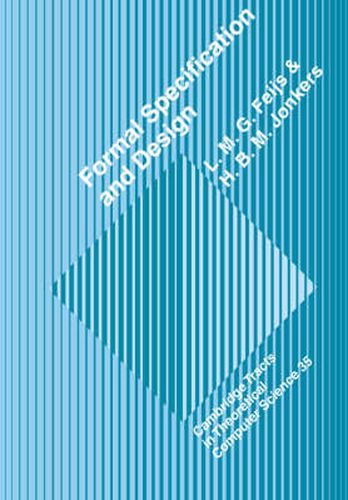Readings Newsletter
Become a Readings Member to make your shopping experience even easier.
Sign in or sign up for free!
You’re not far away from qualifying for FREE standard shipping within Australia
You’ve qualified for FREE standard shipping within Australia
The cart is loading…






Formal specification is a method for precisely modelling computer-based systems that combines concepts from software engineering and mathematical logic. In this book the authors describe algebraic and state-based specification techniques from the unified view of the Common Object-oriented Language for Design, COLD, a wide-spectrum language in the tradition of VDM and Z. The kernel language is explained in detail, with many examples, including: set representation, a display device, an INGRES-like database system, and a line editor. Fundamental techniques such as initial algebra semantics, loose semantics, partial functions, hiding, sharing, predicate and dynamic logic, abstraction functions, representation of invariants and black-box correctness are also presented. More advanced ideas, for example Horn logic, and large systems are given in the final part. Appendices contain full details of the language’s syntax and a specification library. Techniques for software development and design are emphasised throughout, so the book will be an excellent choice for courses in these areas.
$9.00 standard shipping within Australia
FREE standard shipping within Australia for orders over $100.00
Express & International shipping calculated at checkout
Formal specification is a method for precisely modelling computer-based systems that combines concepts from software engineering and mathematical logic. In this book the authors describe algebraic and state-based specification techniques from the unified view of the Common Object-oriented Language for Design, COLD, a wide-spectrum language in the tradition of VDM and Z. The kernel language is explained in detail, with many examples, including: set representation, a display device, an INGRES-like database system, and a line editor. Fundamental techniques such as initial algebra semantics, loose semantics, partial functions, hiding, sharing, predicate and dynamic logic, abstraction functions, representation of invariants and black-box correctness are also presented. More advanced ideas, for example Horn logic, and large systems are given in the final part. Appendices contain full details of the language’s syntax and a specification library. Techniques for software development and design are emphasised throughout, so the book will be an excellent choice for courses in these areas.